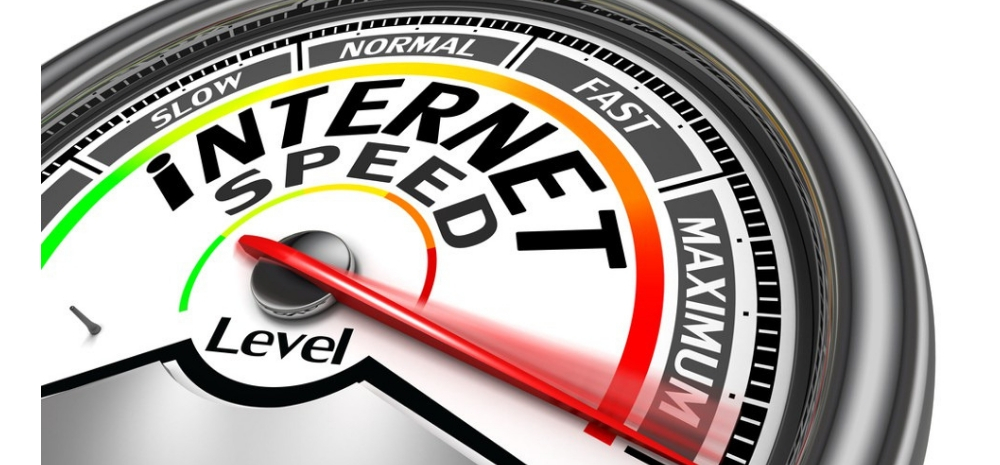Urban Mobile Users Witness 38% Faster Internet Speed After Lockdown: But Why?

According to the Opensignal analysis, the Indian users experienced a negative impact on download speeds during the initial phases of lockdown, and it degraded in Tier 2 cities compared to Tier 1 cities.
While post lockdown is a different story since Download Speed Experience improved significantly, especially for users in Tier 1 cities.
How Did They Reach To This Conclusion?
For doing so, they have utilized the Indian government’s three-tier classification system for cities, where Tier 1 cities have the largest populations and Tier 3 cities have the lowest.
According to this analysis, Tier 2 cities’ download speed got the worst hit during the lockdown of the first seven weeks.
While they experienced a significant change in the third week of March when the government initiated the Janta Curfew.
In the next three weeks, they recorded a sharp decline in overall download speeds with congestion on mobile networks.
As per the analysis, the Download Speed Experience decline by 16%, while their counterparts in Tier 3 and Tier 2 cities saw greater declines of 23% and 25% respectively, on average.
Further, the trend seems to continue till the end of Phase 1 of lockdown, which is the second week of April (ending 12 April).
The Tier 2 cities user experienced some of the major declines in Phase 1, mostly in cities like Ludhiana, Solapur, Nashik, Surat and Ahmedabad with average download speeds dropped by 35% or more as compared to pre-lockdown levels.
What About The Second Phase Of Lockdown?
In the second phase (April 13-May 3) of the lockdown, Indian users continued to experience a dip in download speeds compared to pre-lockdown levels.
But later on, the speeds gradually improved over time.
While in the third phase (May 4-May 17), the speeds returned to pre-lockdown levels in most of the cities.
in Tier 1 cities, the downloads speeds showed slightly different patterns overall.
Where Bangalore and Chennai didn’t see any significant decline in while Pune users saw a dip of 6.9%-12.5% which was limited to Phase 1 of lockdown.
While remaining Tier 1 cities, the speeds started returning to normal levels in the second phase (April 15-May 13).
In the case of urban users, they reported faster download speeds post-lockdown towards the end of the fourth phase of lockdown (May 18-31).
Also, the overall download speeds for their users in most cities had returned to normal, showing no significant difference from pre-lockdown levels.
Why Would This Happen?
During this time, an increase in mobile data usage, fueled by the removal of data limits or cheaper data packages from operators, caused the fall in overall download speeds.
Apart from this, there could be other factors that may also affect the user experience.
During the lockdown, the average speeds started declining during non-peak hours, in turn, bringing down overall speeds.
Also, operators may have taken pre-emptive measures to minimize the risk of outages by reducing the maximum speeds for many users to reduce the amount of data their network can handle.
Moreover, they have also seen video providers like Netflix and Youtube reduce video quality to grapple with bandwidth stress.
But still, the question persists as to why have the speeds significantly improved during the later phases in many of India’s cities?
Here one possible answer could be the change in the location of mobile usage, as millions of Indians working in cities have returned to their hometowns in suburbs or rural areas to mitigate the risks.

Comments are closed, but trackbacks and pingbacks are open.